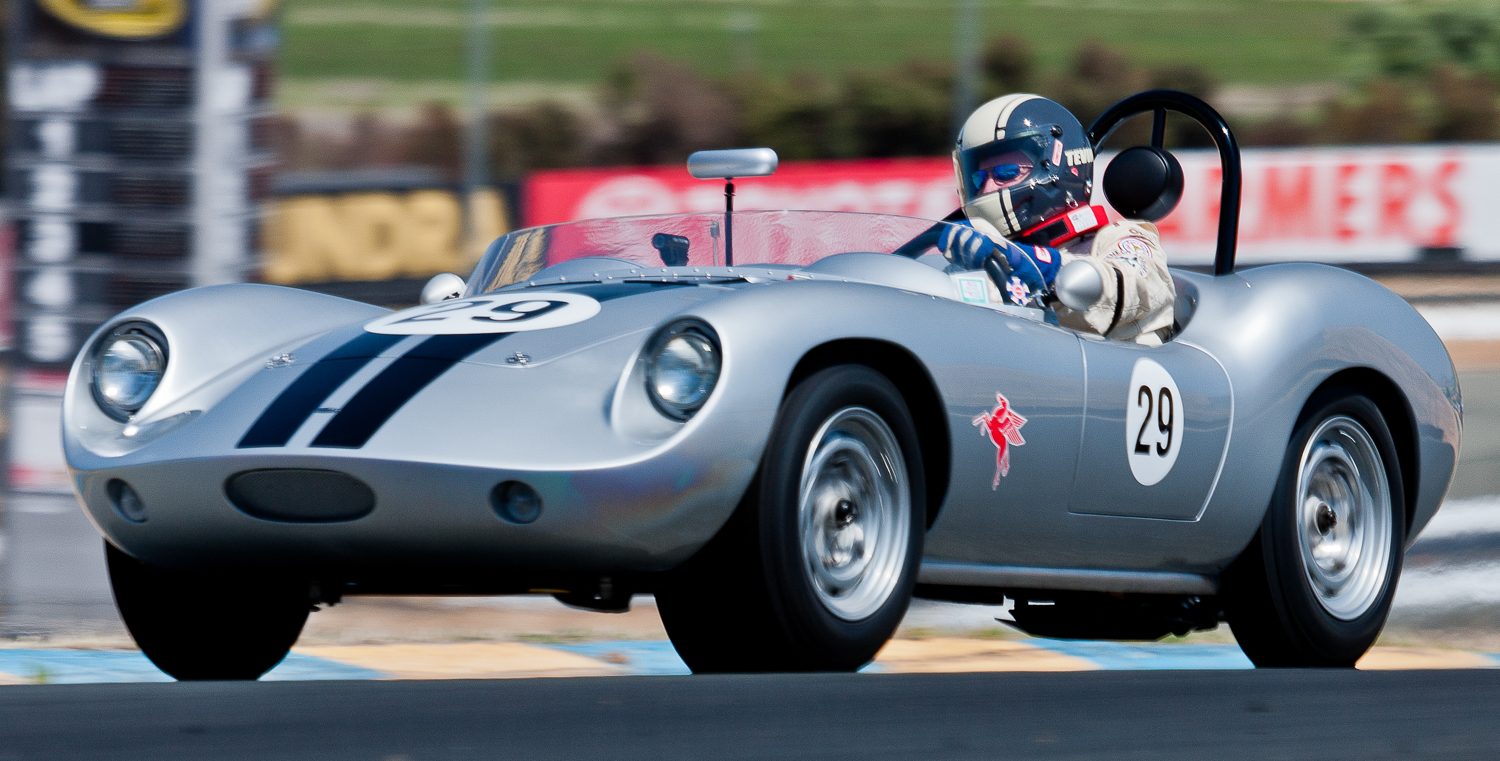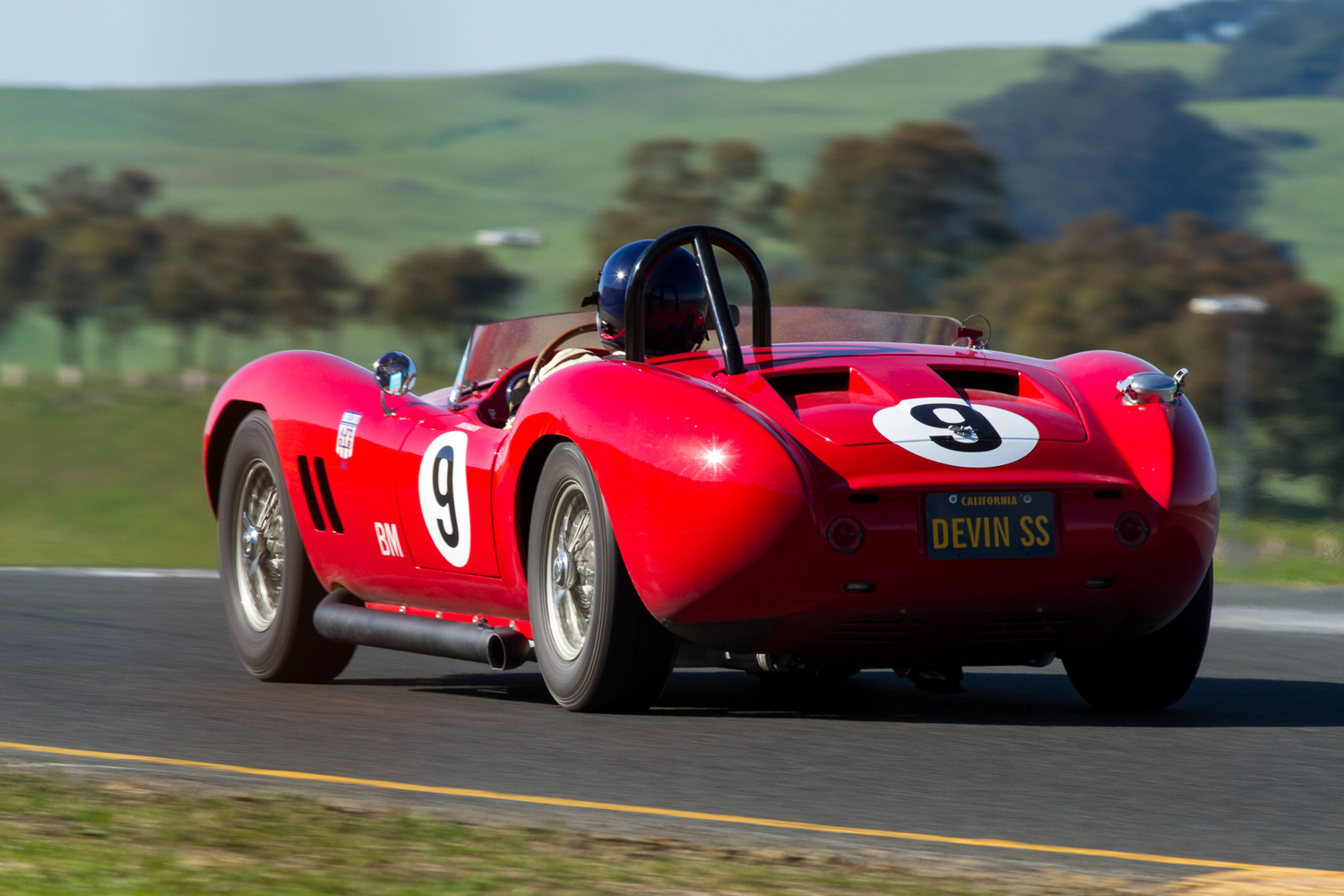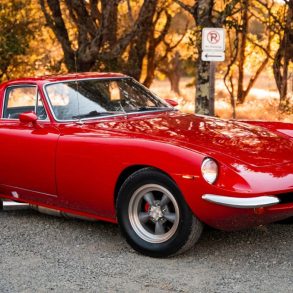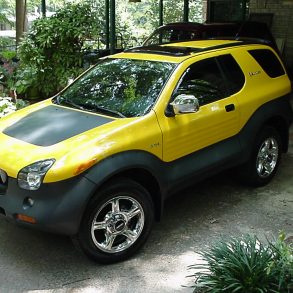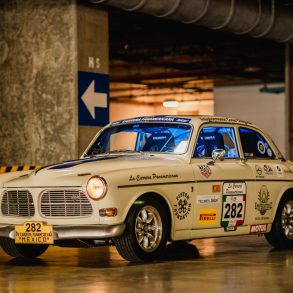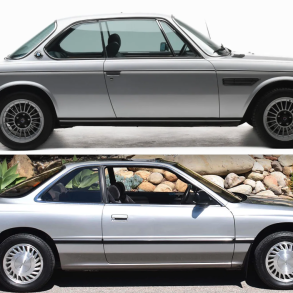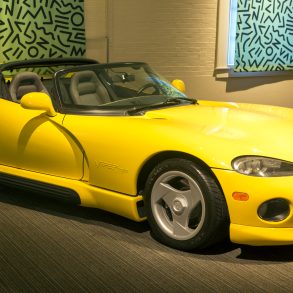With so much new digital technology arriving daily in our lives, it’s hard to imagine that something as simple as a new material could spawn an entirely new industry and market, lasting for decades. But that’s exactly what fiberglass did. Easy to use and relatively low cost, fiberglass fit perfectly into the post-war do-it-yourself world of eager young men wanting to build their own car. And while many one-of-a-kind cars were built using this remarkable and accessible technology, very few companies truly transformed the landscape of sports car design with their innovative offerings.
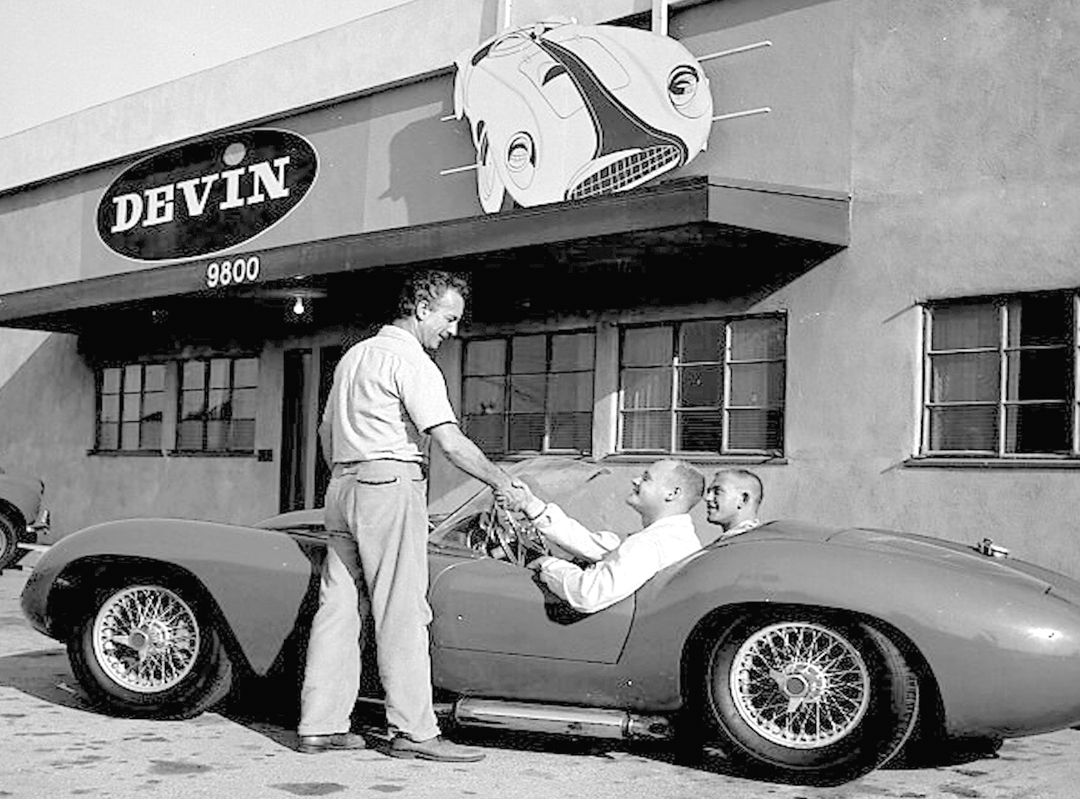
In 1956, Devin Enterprises began production of fiberglass bodies. Bill Devin was no stranger to the joys of small sporty cars. The small company had seen success with various Panhard racing models and the Devin team were very often exposed to some of the finest sports cars throughout the growing Southern California racing scene. The Devin body (initially called the Monza), was originally molded from a Scaglietti-designed Ermini Sport 1100, which was reportedly brought into the shop and used as a direct mold for the first Devin bodies.

The beautiful Devin bodywork was mildly modified for production, but the most remarkable feature of the Devin fiberglass tooling was the decision to mold the bodies using a series of sections, divided into multiple complex molds. This costly but highly effective tooling decision allowed Devin to vary the width and wheelbases of the bodies he made. The genius of this plan was that it allowed Devin to make and market bodies that fit on a wide range of frames spanning from the diminutive Crosley, to the more robust frames of larger production cars.
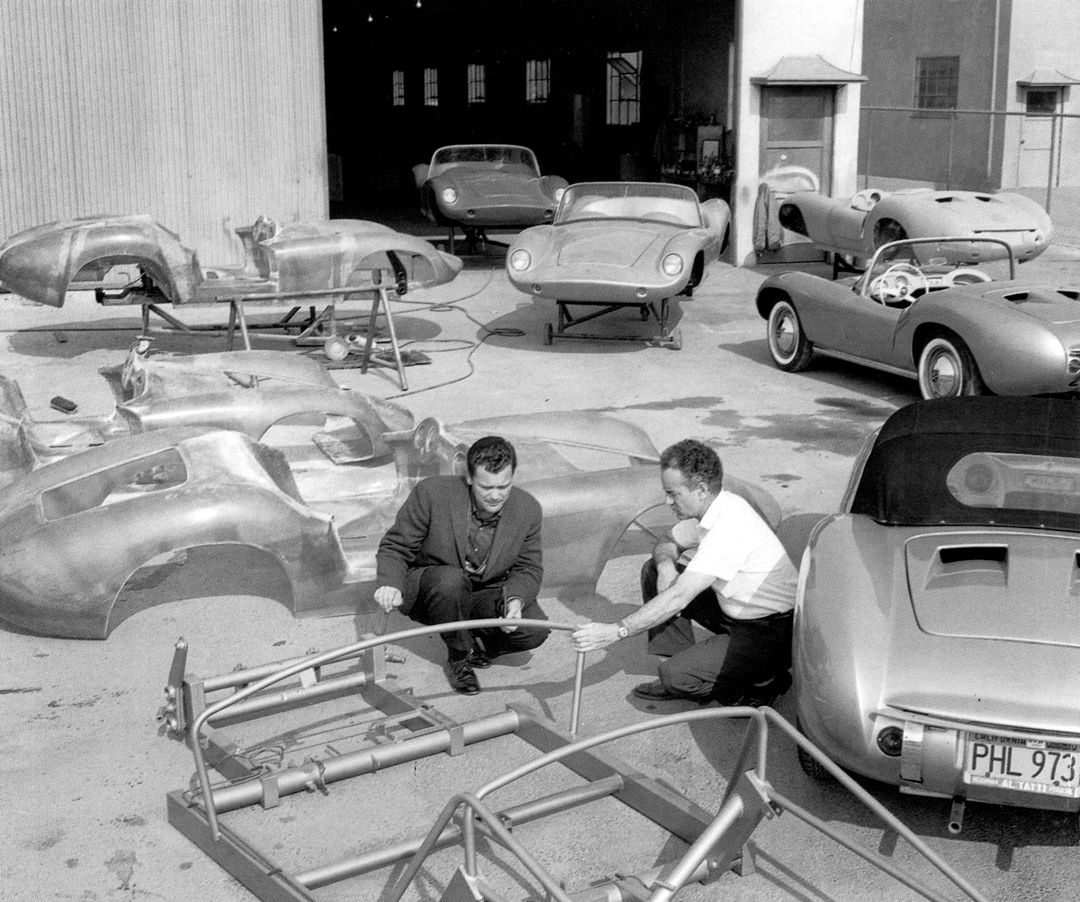
Devin bodies quickly became popular for many reasons, but most importantly for their high quality finish and beautiful design. Few people had ever seen an Ermini let alone studied one carefully enough to know the Devin was a near perfect knock-off. To many young enthusiasts, this was an American car they could buy for about $300.00 and easily install on a wide range of car frames. For anyone who wanted a unique sports car, the Devin not only fit the bill, if you painted your car red and installed wire wheels, even the most well-informed European car enthusiasts would have thought you had a Ferrari. Bill Devin probably did more free unintended marketing for Ferrari in places that would take years for Enzo to reach, including racetracks all over America, South America, Europe, South Africa and Saudi Arabia, eventually becoming the world’s largest and most successful producer of aftermarket fiberglass bodies at that time.

The stunning Devin body design is a perfect capture of all that was right about sports car body design in the mid-1950s. Low cowl, forward lurching front fenders crowning at the leading edge of the front wheels, a dip at the passenger area, low headlights, a wide open-mouth grille, short rear deck, and an undulating fender line that hinted at the traditions of open-wheel racers but still looked modern. The best of the proportions, however, were achieved in the wider, longer wheelbase cars.
Unique perspective above demonstrates the incredible versatility of the Devin body, as used in a rear-engined, Porsche-powered version on the left and on a front-mounted, V8-engined SS on the right. Photos: Brad Fox
The shorter wheelbase cars often resulted in drivers sitting higher on the chassis, taller windscreens, and wheels that struggled to fill the openings. The pinnacle of Devin’s achievement, both visually and performance-wise was the hand made Devin SS. Using a specially designed tubular frame, state of the art suspension, and fuel-injected V8 engine, the Devin SS had perfect proportions and unique design details setting it far apart from the seminal Ermini. Only 30 Devin SS models were built, anyone of which would sell for upwards of $300,000 today.

Not only had Devin launched an industry for budding sports car enthusiasts, he’d educated the public in European sports car design, expanded the marketplace and—having sold his SS four years before Carroll Shelby introduced the 289 Cobra—Bill Devin arguably innovated the path for nearly all successful contemporary independent American sports car companies.
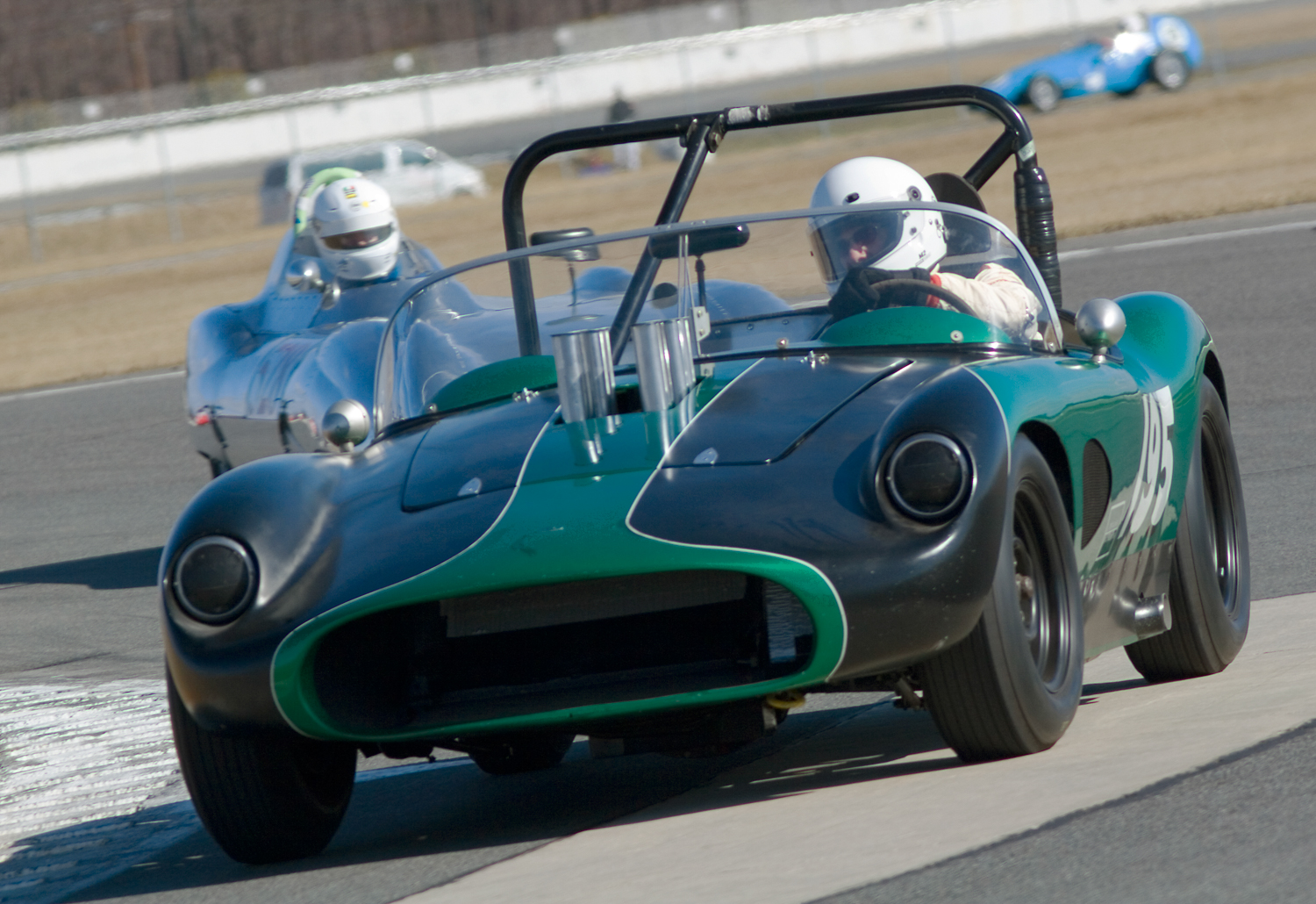
Today, as so many aspiring young enthusiasts lament the high prices of exotic sports cars from the Golden Age of Sports Car Design, a range of Devins can still be found for very reasonable prices. A welcome alternative to the oft seen Cobra kit cars, a nicely restored Devin delivers a unique visual signature, European design, and a range of reliable drivetrains tailor made to even the novice shade tree mechanic. Beautifully composed and a unique part of American sports car history, the Devin continues to be a delightful car for aspiring sports car enthusiasts and a cost effective alternative for enjoyable driving.


